Horticulture
-
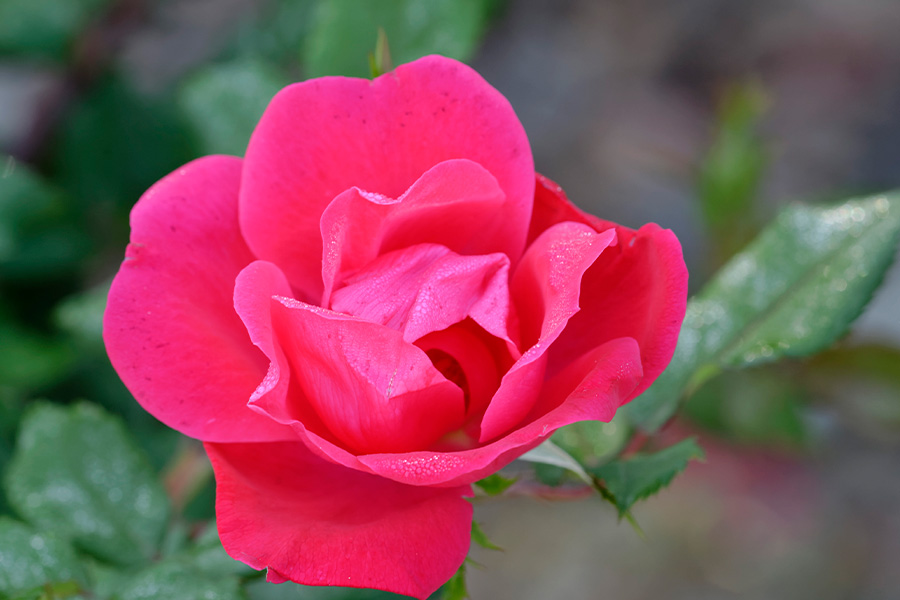
Roses are one of the most popular plants among Georgia gardeners even though growing roses in the southern climate can be challenging. Knowing which rose varieties to choose is the key to success. This publication discusses selection and techniques for growing roses in Georgia.
Bob Westerfield and Malgorzata Florkowska
|
-
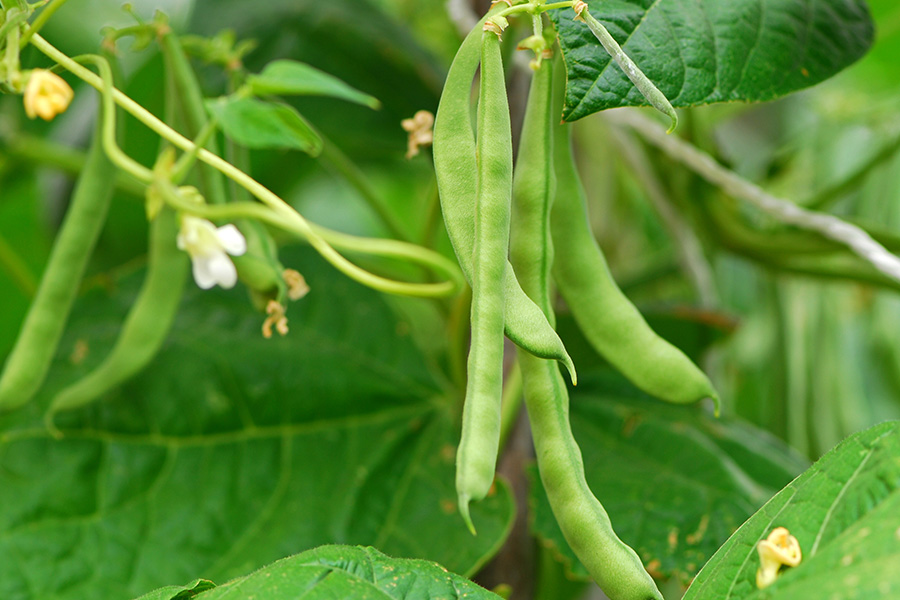
C 1006
Home Garden Green Beans
This resource provides basic information on growing green beans, one of the most popular vegetables for the home garden.
Bob Westerfield
|
-
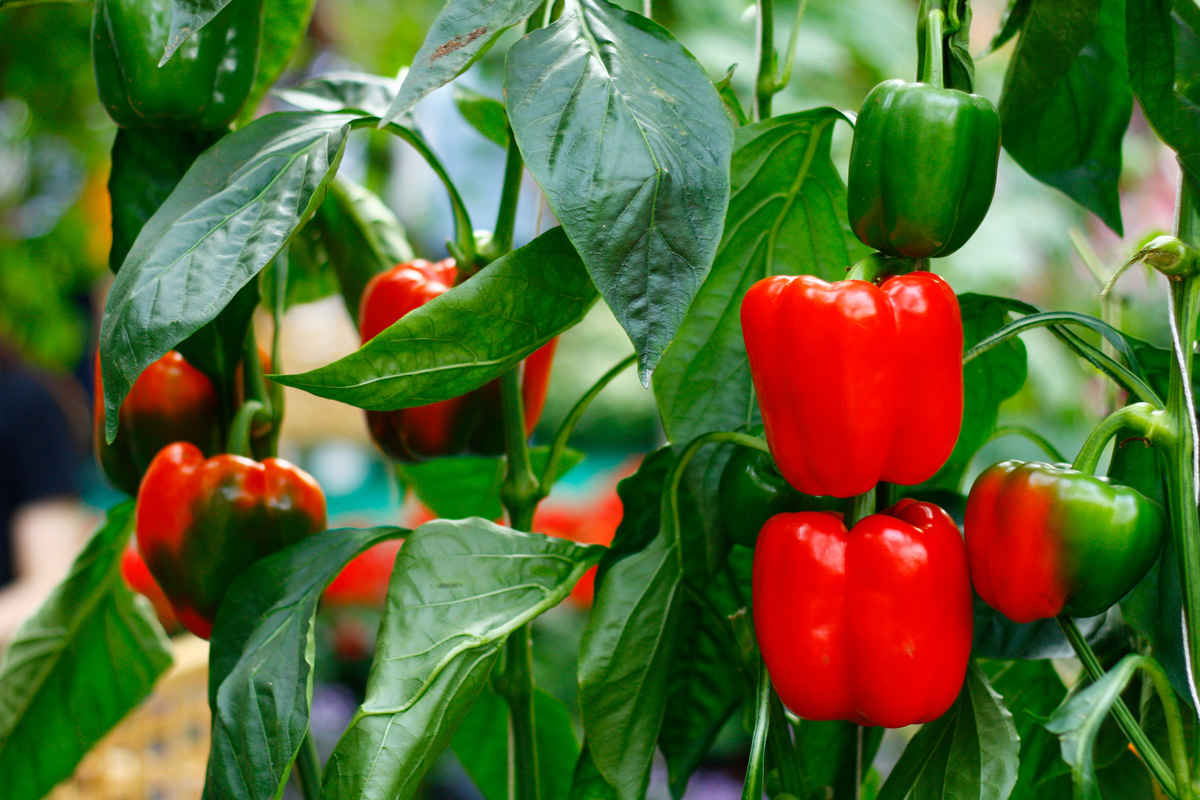
C 1005
Home Garden Peppers
Learn how to grow delicious peppers at home! The most popular pepper varieties are easy to grow, as long as you understand and follow a few basic gardening principles.
Bob Westerfield and Malgorzata Florkowska
|
-

Blackberries and raspberries are one of the most popular fruits to grow and they are among the easiest for the home gardener to successfully produce. Blackberries and raspberries come as erect types (no trellis required) and trailing types (trellis required), depending on the varieties selected. This publication discusses growing raspberries and blackberries in a home garden.
Marco T. Fonseca, Dan L. Horton, Gerard W. Krewer, Bob Westerfield, and Phillip M. Brannen
|
-
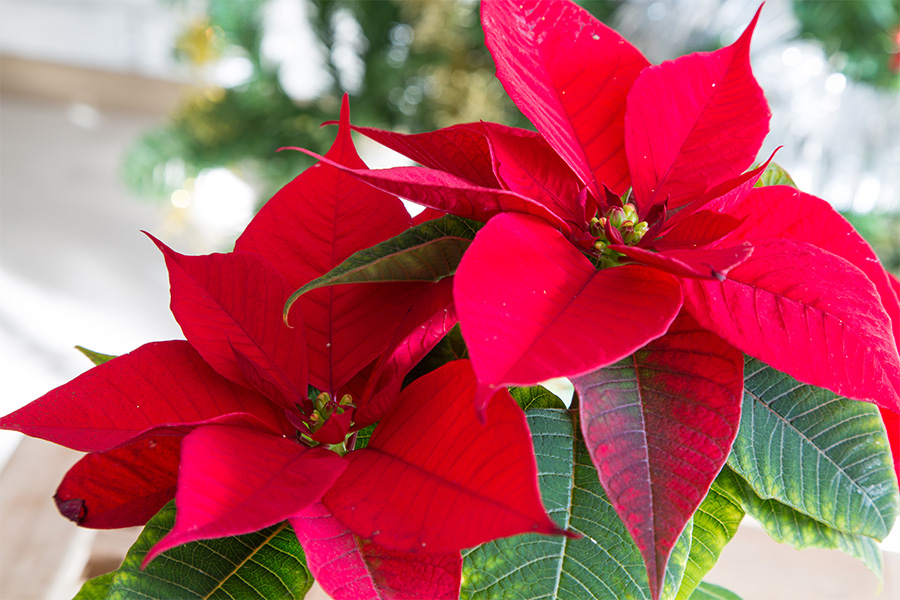
Flowering and foliage plants can make welcome gifts. How long they remain attractive may be directly related to the care and handling they are given. This publication describes ways to properly care for holiday and gift plants to ensure maximum longevity.
Bodie V. Pennisi and Paul A. Thomas
|
-

C 740
Home Garden Apples
Learn how to grow apples at home—they are adapted to grow in most areas of Georgia. Although the northern half of the state is best suited for the more conventional apple varieties, you can have success in the southern half of Georgia with adapted varieties.
Bob Westerfield
|
-
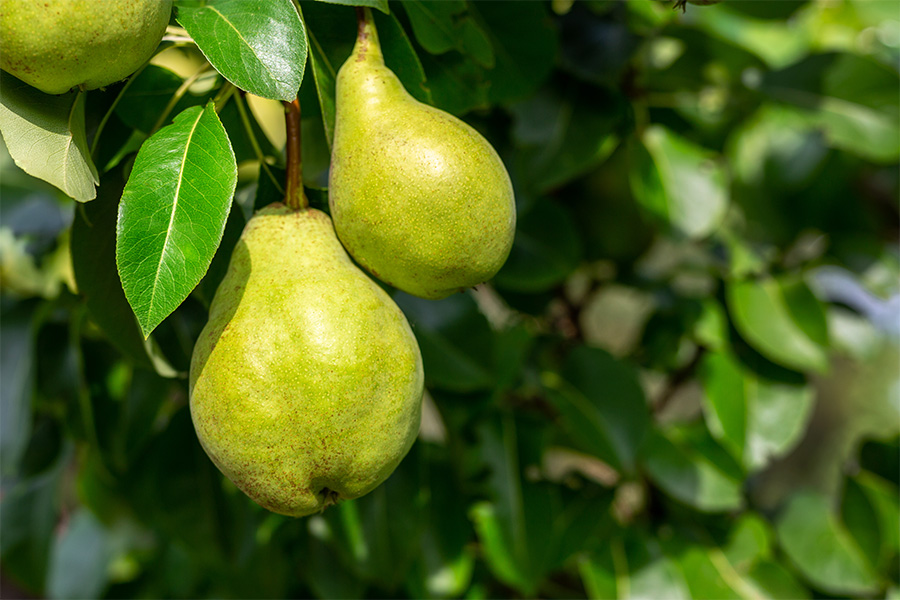
C 742
Home Garden Pears
Find out how to grow pears at home. They are adapted to nearly all of Georgia, and it’s not uncommon to find trees as much as 50 years old that are still producing fruit.
Bob Westerfield, Paul F. Bertrand, and Gerard W. Krewer
|
-

C 955
Growing Hostas
Hostas are quickly becoming one of the most popular perennial plants grown in our landscapes. Sometimes referred to as plantain lilies, hostas are reliable plants for both shade and partial sun situations. This publication includes variety recommendations.
Bob Westerfield
|
-
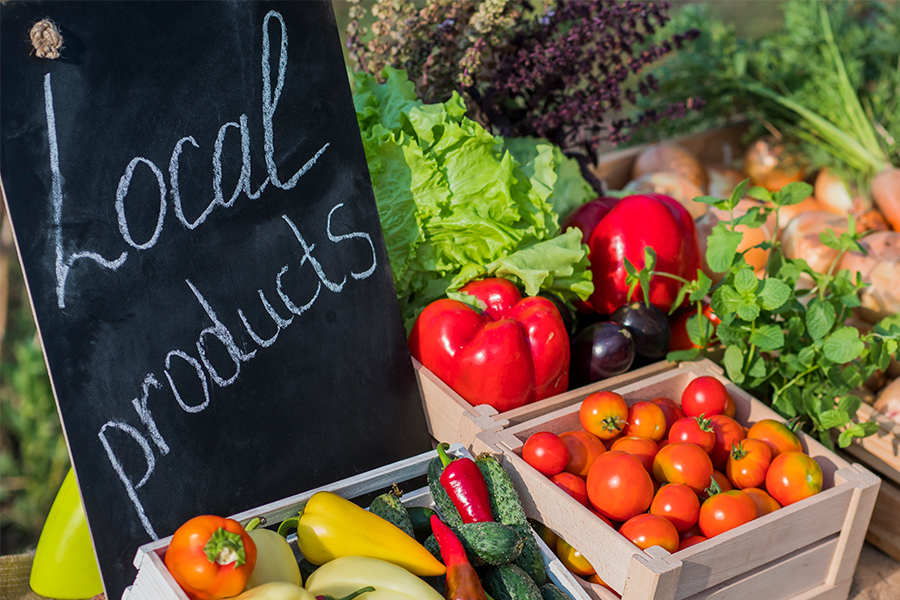
This publication covers some of the basic information about what you may need and key considerations when developing a small fruit and vegetable farm.
Bob Westerfield
|